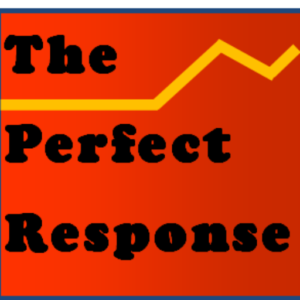In a pluralistic culture, public officials have a moral duty to understand that their magical thinking about what constitutes a full life cannot be binding on all.
Sorting out the complexities of the current Middle East war is one thing. Even our best efforts to assign motives about what is actually a many-sided conflict will probably be inadequate to the task. But grasping the appalling views of the new Speaker of the House of Representatives is quite another. If the current conflict in and around Israel defies a single handle, the sheer folly of the Speaker’s belief system is crystal clear. It may be hard to identify just one fool in our current political landscape. There are so many. But even at a glance it is clear that Mike Johnson’s beliefs put forth in statements and speeches fall below the minimums for negotiating this world. If he wants to live in his delusions, that is fine. But he can’t do that and also serve a nation living in the varied cultural landscapes of the current century.
Johnson’s elevation to the Speakership has brought us face to face the banality of willful denial. The new Speaker of the House of Representatives is certain this magnificent planet is only a few thousand years old, and that dinosaurs were put “on the Ark” by Noah to be saved from the biblical flood. There’s more, but a person gets the idea.
In doing legal work for Ken Ham’s “life size” Ark Encounter theme park in Kentucky, Johnson had the chance to speak with a degree of breathtaking literalness that matches his everyman appearance: “The Ark Encounter is one way to bring people to this recognition of the truth, that what we read in the Bible are actual historical events.” He spoke these words in a 2021 interview with Ham.
 The literalism of the evangelical fringe has pushed its followers into a kind of denial of the physical world that would seem impossible. But Johnson made it all the way through law school holding on to a version of “young earth creationism” that ignores the many new and impressive truths of paleontology, geology, meteorology, physical cosmology and oceanography. And what about carbon dating? A literal reading of the Bible’s Book of Genesis that posits that our earth is only several thousand years old is not “faith” in a richer spiritual sense, but the willful enactment of deceptions clothed in a rhetoric of piety. Old Testament language is definitive and hortatory. It is reflected in Puritan language that shows the same kind of rigid certainty: a form of religious thinking that was even too much for evangelist Pat Robertson.
The literalism of the evangelical fringe has pushed its followers into a kind of denial of the physical world that would seem impossible. But Johnson made it all the way through law school holding on to a version of “young earth creationism” that ignores the many new and impressive truths of paleontology, geology, meteorology, physical cosmology and oceanography. And what about carbon dating? A literal reading of the Bible’s Book of Genesis that posits that our earth is only several thousand years old is not “faith” in a richer spiritual sense, but the willful enactment of deceptions clothed in a rhetoric of piety. Old Testament language is definitive and hortatory. It is reflected in Puritan language that shows the same kind of rigid certainty: a form of religious thinking that was even too much for evangelist Pat Robertson.
Senator and thinker Daniel Patrick Moynihan once noted, “Everyone is entitled to his own opinion, but not to his own facts.” Magical thinking is incomprehensible in an educated person. Johnson’s kind of originalism shelters a person from the currents created by a pluralistic society. Of course, it follows that such literalism easily devolves into a litany of a-priori objections to evolving human norms: everything from choosing a same sex partner, to sex before and beyond marriage, to legal abortions, to governmental assistance to families that need help.
Sometimes we are right to have the grace to accept references to a “spiritual awakening,” a “good soul” or a “cold heart.” Metaphors are natural ways to evoke hard-to-name feelings. But no one in their right mind wants a heart transplant in order to be a nicer person. That kind of literalism is a trap door that should stay open. A functioning person inhabiting this world has an obligation to step around it.
Here’s the point: how does a member of the bar and now an officer of the federal government who was trained to understand evidence and credibility (LSU law degree, 1988) get a pass for believing in empirically false claims? We easily grant people the right to certain harmless fantasies. But there is a threshold where a person who seeks to be in a policy-making role cannot become so lost in a mental fog that they can’t be a public servant. In a pluralistic culture, public officials have a moral duty to have both their feet firmly on the ground, and to understand that their magical thinking on what constitutes a full life cannot be made binding on all.
![]()



